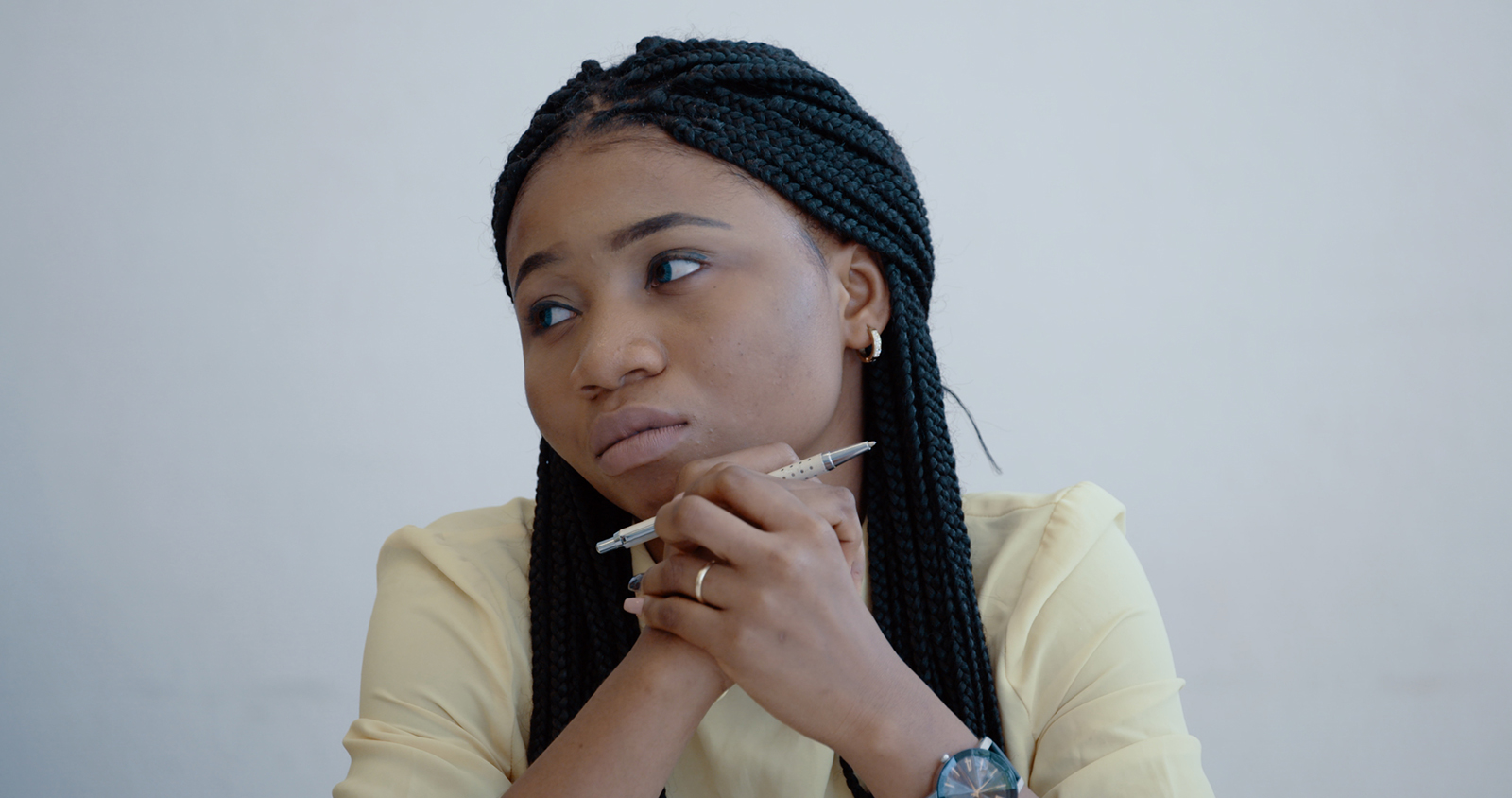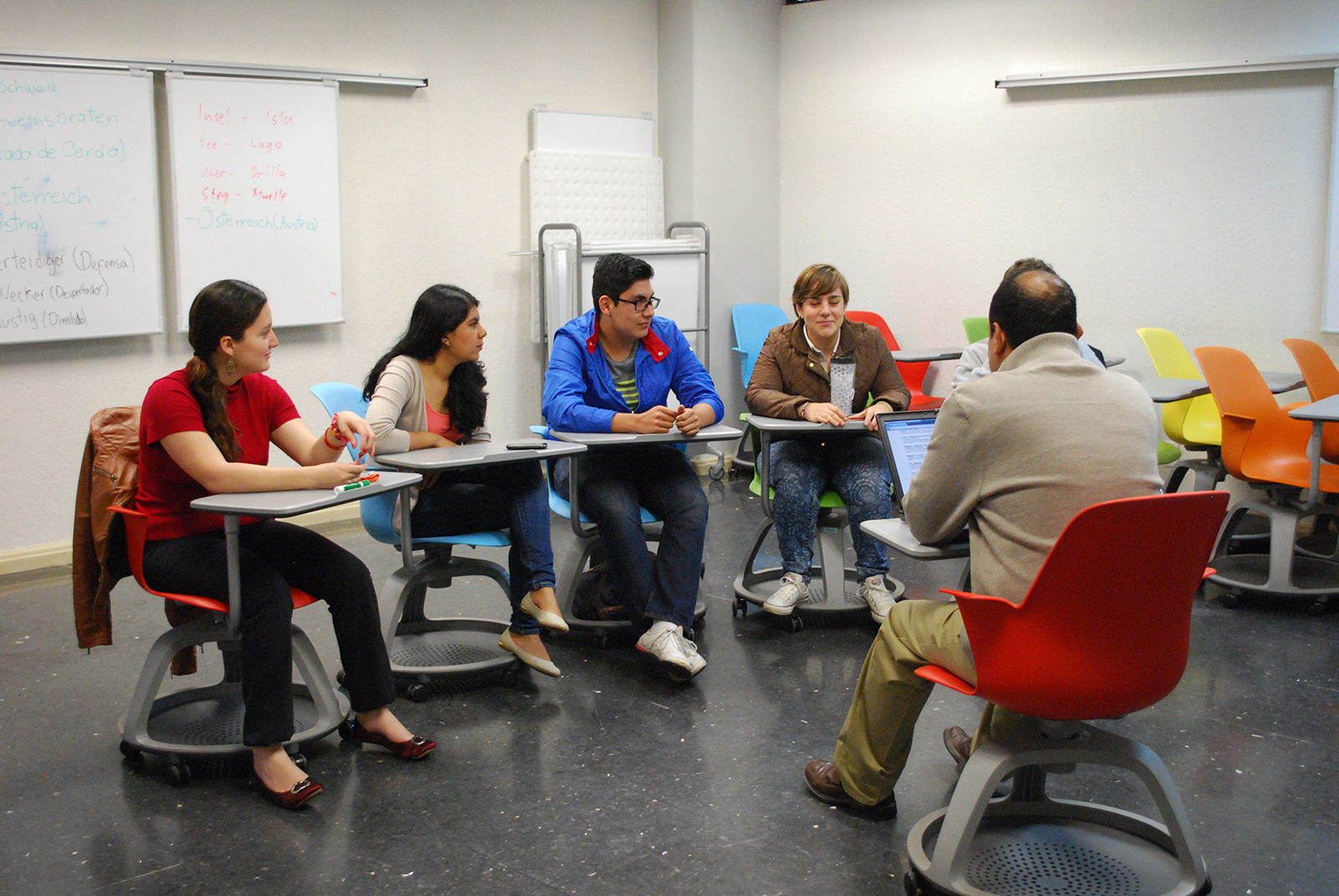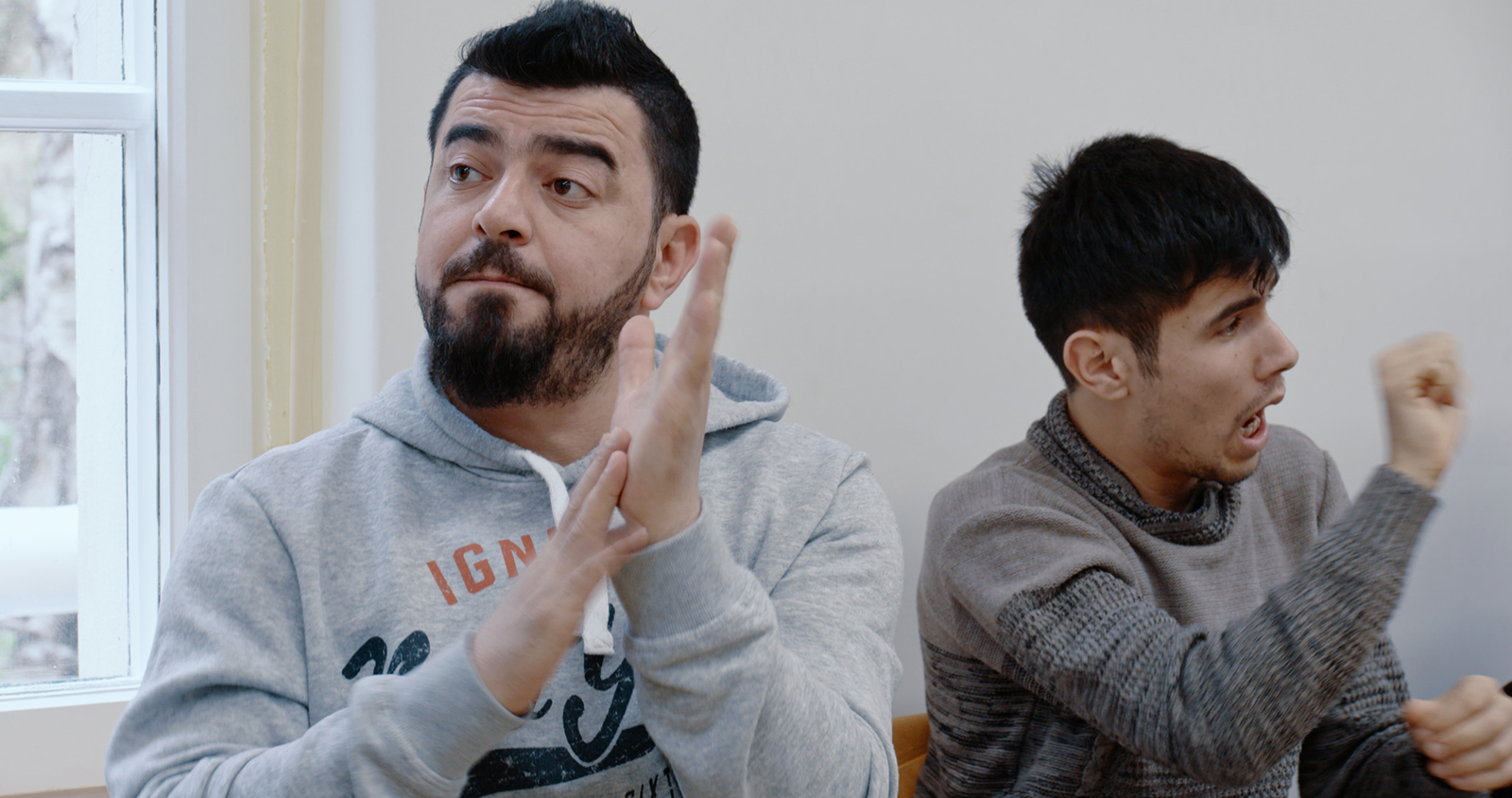Avijit Mukul Kishore and Rohan Shivkumar on architecture as autobiography Revisiting ~log(ue)
by Srishti OjhaSep 16, 2025
•make your fridays matter with a well-read weekend
by Mrinmayee BhootPublished on : Jul 31, 2025
In Franz Kafka’s short story Before the Law, an unnamed ‘man from the country’ stands before the law; a gatekeeper denies him entry. Here, the law is imagined as a physical entity – an unidentified state, a vast, physical space that the man wishes to enter. He is essentially an asylum seeker, asking to be granted access to a ‘better place’.
In 2024, Austria received 25,360 applications from people seeking asylum, a 57 per cent drop from 2023's 59,000. This decline is undeniably the aftermath of steadily rising negative sentiments among Austrians against foreigners living in their country – a sentiment shared by many Europeans due to a renewed interest in right-wing ideologies and stagnant, nationalist rhetoric. Austria for Austrians, the Austrian Freedom Party has declared, tightening borders, calling for physical fences to keep ‘them’ out. The government has quite plainly stated that it reserves the right to suspend asylum applications in the event of a "significant increase" in refugee numbers. A seething intolerance for anyone different from the status quo is beginning to ooze out of the cracks of a resurgent imperialism. This sense of unease pervades Austrian filmmaker Thomas Furhapter’s documentary, Living Together.

The film features a series of interactions between immigrants, refugees and asylum seekers taking part in integration courses aimed at cultural assimilation in Vienna. As a social worker relays in the first few minutes, the point is to “help immigrants find their bearings in a new society”. Sessions are conducted in multiple languages, with participants hailing from Syria, Turkey, Iraq, Pakistan, Egypt and more ordinarily, European countries like Spain or Germany. Austrians find it “difficult” to adjust to the presence of such foreign-ness, the volunteer reiterates placidly in one session, embodying a nascent denigration of the ‘other’ side facing similar challenges.
The Viennese government website states that as of 2024, 35.4 per cent of the city is composed of foreign nationals, with 99,627 people originating from Serbia, 76,620 from Turkey, 71,473 from Germany and 55,223 from Poland. Within the StartWien programme, which facilitates integration into Austrian culture, one is required to take mandatory German language courses, learn about Austrian history and other more commonplace ways of conducting oneself so as not to appear as an other. For instance, Austrians are polite to a fault and it’s always nice to say thank you and please, a volunteer relays in Chinese to her group. On the surface, the unbiased eye of the camera records these interactions as straightforward, banal even.

This banality is echoed in the filmmaker’s framing of the immigrants and more discreetly in the spaces where the integration courses are conducted. For the most part, Furhapter trains his near mechanical eye on the faces of the students and volunteers, recording the enthusiasm and kindness of the social workers against the eagerness, hopefulness and sometimes the anxiety and passing dejection of the immigrants. However, where the camera zooms out—giving the viewer a sense of the built environment these ‘foreigners’ occupy—is where a certain liminality is heightened. The film opens in the almost sterile, clinical-looking corridors of an administrative centre, underscoring the sense of detachment and limbo bound to be experienced by the people within the public building. We return to these corridors two more times, each time the walls papered over with different pamphlets, advisory notices and even paintings – clearly an attempt to make the space feel a little more personable, even welcoming.
However, it is these ‘sanitised’ classroom spaces that also provide the perfect neutral backdrop against which refugees might shed the past that has so far defined them; shed the homes they’ve left behind and become Austrian. More acutely analysed, one could thread the banal educational architecture depicted here with fictional depictions of spaces of subjugation, where banality is a means to create a sense of isolation, to enforce a sense of standardisation, and in the case of modernist architecture, also an atmosphere of heightened surveillance (as Beatriz Colomina has most famously argued). These are spaces from which there seems to be no escape, where you must comply for your own good. And yet, the austerity of the permanent scenography gives way to vibrant, hopeful conversations, conducted in pluriversal timbre. At the heart of the film are these intimate, heartfelt exchanges that range from ways to conduct oneself in public spaces, to more grave issues such as the racism different minority groups may experience. A particularly poignant exchange of immigrants sharing experiences of leaving their country includes one respondent sharing a story about war and having to forcibly flee his homeland, finally asking, “Why do we have to be immigrants?”
Yet, it was not the instances of overt difference, but the interactions in which the participants share their cultures enthusiastically that stay with the viewer, including when women talked about wanting to share their culture’s food with their Austrian neighbours, or when a group expressed disbelief in how expressions of kindness to a stranger (common in Arabic culture) might be misconstrued as rudeness or deceit by Austrians. What, then, makes someone a ‘good’ refugee? In the smoothing down of cultural differences, what is lost? How can a foreigner claim their ‘right’ to belong? These are just some questions that may not be overtly asked, but continue to simmer and surface within these integration centres and the stories they are party to.

The social workers remind the participants that integration is not, in fact, only designed for them. It is a two-way street. It’s unclear in the documentary if the government makes similar provisions to foster a sense of community among native Austrians. One might also gauge the sense that some of the volunteers in the film conducting these workshops may not be as sensitive to the nuances of other cultures at all times The institutional design of the spaces, disorienting in its rigid order, only reinforces this feeling of tension.
It’s also worth noting how the volunteers especially stress upon the spatial connotations and supposed benefits of these integration seminars. In one scene from the film, a volunteer relays to the group that integration was devised as a way to curb ghettoisation, to ensure that urbanisation does not segregate different cultural and ethnic groups. In another instance, a participant pushes back against a volunteer’s advice not to speak Arabic loudly in public. The speaker frames her troublesome suggestion as a form of self-protection in the public sphere and the encounter to be an instance of cultural difference, not racist prejudice. A loud, discomfitting silence follows.
“Fellow members of even the smallest nation will never know most of their fellow members, meet them, or even hear of them, yet in the minds of each lives the image of the communion...Communities are to be distinguished, not by their falsity or genuineness, but in the style in which they are imagined,” Benedict Anderson writes in Imagined Communities to that effect, attempting to unravel how a community comes to define itself as a nation. He attributes this abstract notion to shared language and shared media, where citizens of a shared community begin to form an idea that the events we go through, we go through together.
Apropos that, when Europe faced an acute refugee crisis in the mid-2010s, with the 2013 Lampedusa shipwreck thrusting the sensitive issue into public debates across the continent, an interesting phenomenon could be discerned in the media coverage of other such instances. Many began questioning who the refugees were and why they felt the need to come to Europe and seek protection, questioning even the legitimacy of this claim. Frequent distinctions began to be made between ‘good’ and ‘bad’ refugees, with those seen as unfit being accused of abusing the system of social welfare. “It’s their country and their home. Not everyone here accepts us. We need to show them our good sides,” one of the instructors reminds the group and the viewers. Another bemused silence follows and the screen cuts to black.
Beyond the more socially perceived distinctions of ‘good’ and ‘bad’, wherein refugees or immigrants seek to assimilate themselves within the countries they have come to, to take root in the place they would like to belong, it is the impervious nature of the bureaucratic processes—such as the stringent policies of Austria—that continue to bar them, among many other factors. The category of nationality and the sentiment of nationalism is most tangible when it comes to such policy: who deserves protection, who deserves legal rights and who deserves the space that they take up, all reduced to the identity on one’s passport, to paperwork one may or may not even possess. To call this situation Kafkaesque might seem hackneyed, but the fact that it is de facto accepted makes the comparison bear weight. The ‘man from the country’ does all he can to gain entry to the law. The gate is open, but he will never enter, for he is not allowed to, so the gatekeeper says. The man finally gives up and on his deathbed, the gatekeeper informs the man that the gate was built only for him.
by Aarthi Mohan Oct 07, 2025
At Melbourne’s Incinerator Gallery, a travelling exhibition presents a series of immersive installations that reframe playgrounds as cultural spaces that belong to everyone.
by Anushka Sharma Oct 06, 2025
An exploration of how historic wisdom can enrich contemporary living, the Chinese designer transforms a former Suzhou courtyard into a poetic retreat.
by Bansari Paghdar Sep 25, 2025
Middle East Archive’s photobook Not Here Not There by Charbel AlKhoury features uncanny but surreal visuals of Lebanon amidst instability and political unrest between 2019 and 2021.
by Aarthi Mohan Sep 24, 2025
An exhibition by Ab Rogers at Sir John Soane’s Museum, London, retraced five decades of the celebrated architect’s design tenets that treated buildings as campaigns for change.
 surprise me!
surprise me!
make your fridays matter
SUBSCRIBEEnter your details to sign in
Don’t have an account?
Sign upOr you can sign in with
a single account for all
STIR platforms
All your bookmarks will be available across all your devices.
Stay STIRred
Already have an account?
Sign inOr you can sign up with
Tap on things that interests you.
Select the Conversation Category you would like to watch
Please enter your details and click submit.
Enter the 6-digit code sent at
Verification link sent to check your inbox or spam folder to complete sign up process



by Mrinmayee Bhoot | Published on : Jul 31, 2025
What do you think?